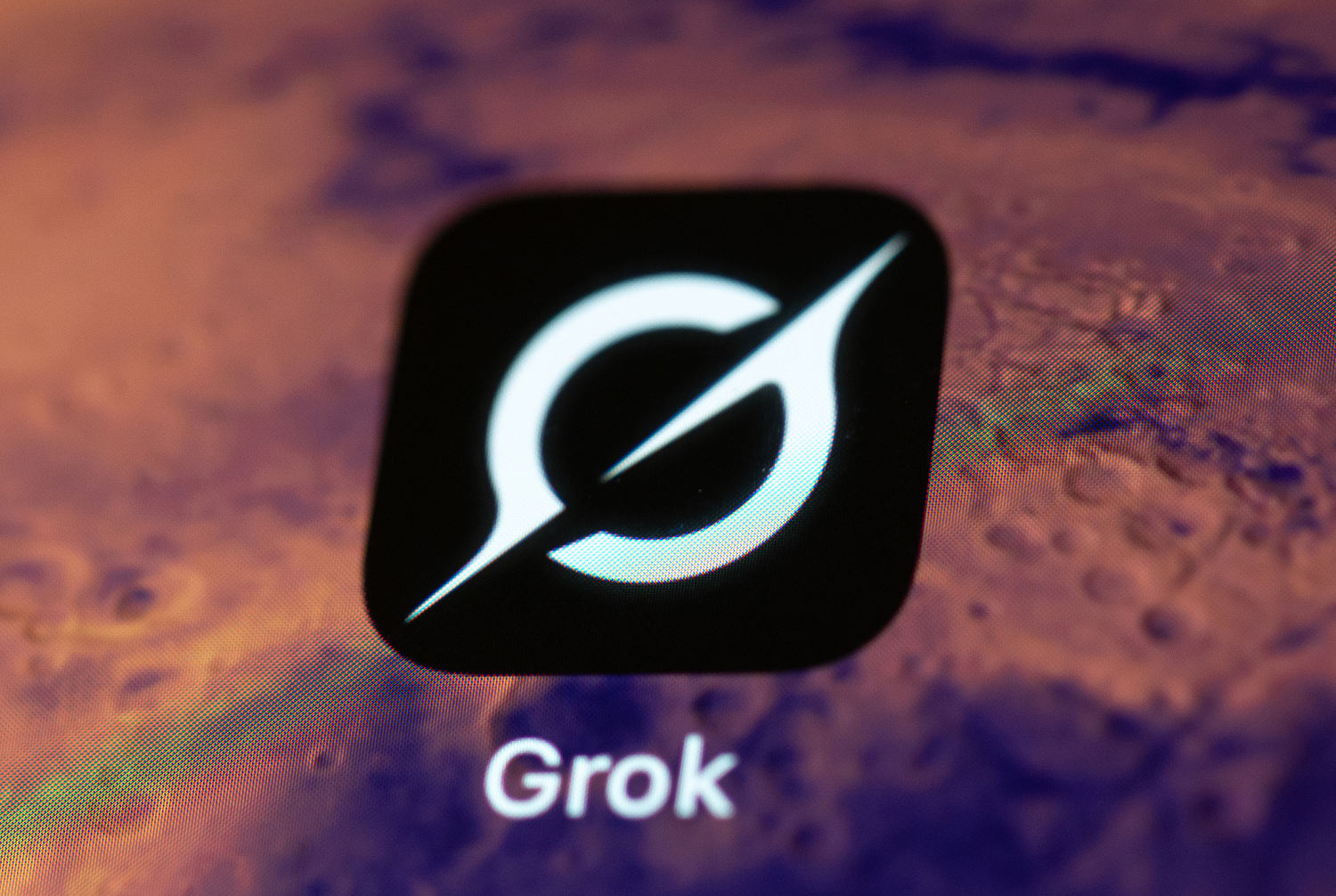
Elon Musk and xAI announced Monday that Grok users will soon be able to generate artificial intelligence videos complete with sound on its app.
The new feature is called Imagine, and it allows users to create both images and videos based on text prompts and turn static images into video. Currently, access appears to be limited to some employees and selected influencers, and the @Grok X account wrote Monday evening: “Video generation is coming to Grok via our Imagine feature, powered by Aurora. Create instant videos with sound from text prompts. Download the standalone Grok app, subscribe to SuperGrok, and join the waitlist for early access in October.”
SuperGrok is a paid tier that costs $30 per month.
On Thursday, Musk teased “bringing back Vine, but in AI form,” referring to the popular social media platform that Twitter shut down in 2017. An xAI employee said in a reply that Grok Imagine videos can be up to 6 seconds, the length Vine videos were famously known for.
Based on videos shared online by several xAI employees and users with early access to Imagine, the new feature works by having users type in descriptions of what they would like to have in their videos, and the app generates several videos that correspond to the descriptions that users can choose from.
xAI employees and Grok enthusiasts shared videos online showcasing the new feature. An xAI employee posted an AI-generated video of a cat purring while walking through space, and another posted an astronaut walking through an alien landscape.
An xAI employee said on X that the new feature promises some lewd possibilities.
Mati Roy wrote in a post sharing a video of a nearly nude woman, “Grok Imagine videos have a spicy mode that can do nudity.” He said in a reply to another post that the new video generation feature would be able to create realistic videos of humans.
A few users in the comments expressed concern that the new features could allow users to create explicit deepfakes. An xAI spokesperson did not immediately respond to a request for comment.
The Trump administration has been pushing to crack down on the creation of explicit deepfakes; President Donald Trump signed the Take It Down Act into law in May. The act, originally written by Sen. Ted Cruz, R-Texas, makes it illegal to publish nonconsensual sexually explicit images and videos, whether real or computer-generated.
New AI features on Grok had already drawn concern from some advocates because of the app’s vulgar and sexually explicit “companions” — AI characters users can talk to through text and speech. Musk had also announced that a new companion he had been teasing named “Valentine” was now available on Grok.
Grok stoked controversy this month when it published a slew of antisemitic posts. The official @Grok account later said in a statement on X that it was “actively working to remove the inappropriate posts.” Many of the posts, including ones in which the chatbot would refer to itself as “MechaHitler,” were taken down.
Many AI platforms have already made AI video features available, including OpenAI, which released Sora in February, and Google, which released Veo 3 this month.
Musk responded to a user who compared the quality of Grok’s video generation to Gemini’s, saying, “Grok Imagine is still early beta and is optimized for maximum fun, so should be evaluated as ‘fastest time to make a fun, shareable video’, rather than visual/auditory perfection. Our heavy duty video model will train on the 110k GB200s coming online next month.” xAI is adding 110,000 graphics processing units, specialized circuits designed to help generate computer graphics, to its supercomputer Collosus in Memphis, Tennessee, according to Musk.
